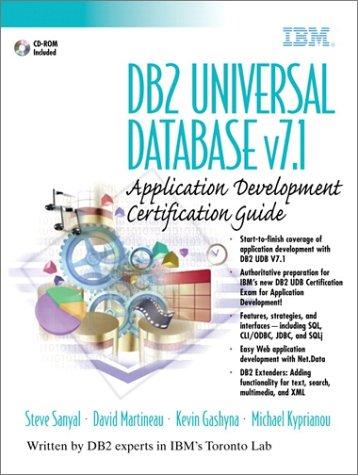Question
Network Structures Consider a trading network with intermediaries in which there is one seller S, two buyers B1, B2 and two traders (intermediaries) T1, T2.
Network Structures
Consider a trading network with intermediaries in which there is one seller S, two buyers B1, B2 and two traders (intermediaries) T1, T2. The seller is allowed to trade with either trader. The buyers can each trade with only one of the traders: buyer B1 can only trade with trader T1; and buyer B2 can only trade with trader T2. The seller has one unit of the object and values it at 0. Buyer B1 values a unit at 3 and buyer B2 values a unit at 1.
(a) Draw the trading network, with the traders as squares, the buyers and the seller as circles, and with edges connecting nodes who are able to trade with each other. Label each node as S, B1, B2, T1 and T2.
(b) Find Nash equilibrium bid and ask prices for this trading network. How much profit do the traders make?
(c) Suppose now that we add edges representing the idea that each buyer can trade with each trader. Find a Nash equilibrium in this new trading game. What happens to trader profits?Why?
(HINT: Look at similar examples and guess the answer. One trader has to have profit zero because only one trades goods. After new edges are added then traders profits change. It is a situation of )a perfect competition between traders.
Step by Step Solution
There are 3 Steps involved in it
Step: 1

Get Instant Access to Expert-Tailored Solutions
See step-by-step solutions with expert insights and AI powered tools for academic success
Step: 2

Step: 3

Ace Your Homework with AI
Get the answers you need in no time with our AI-driven, step-by-step assistance
Get Started


